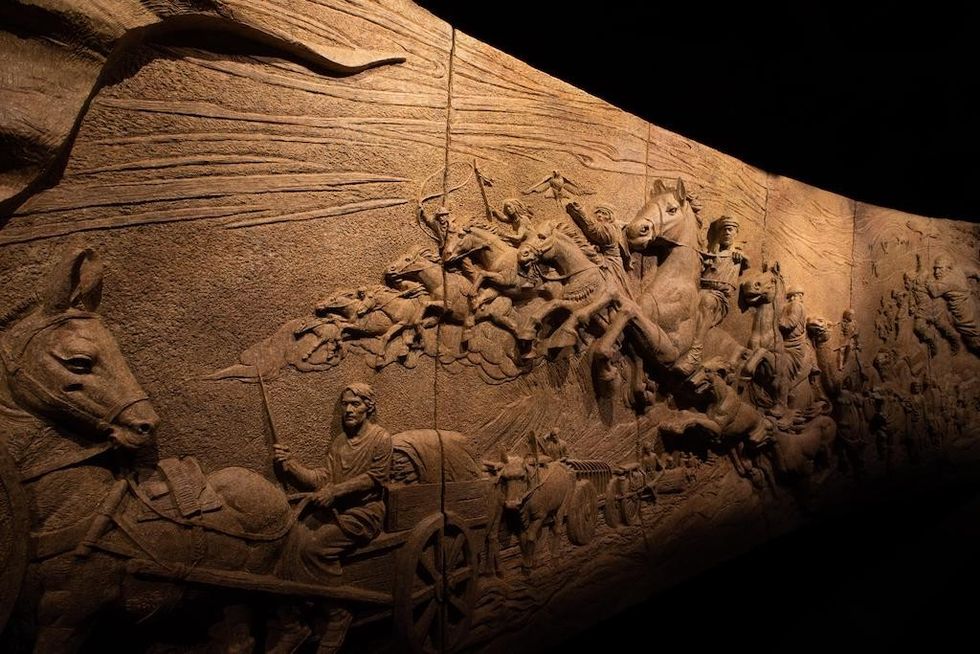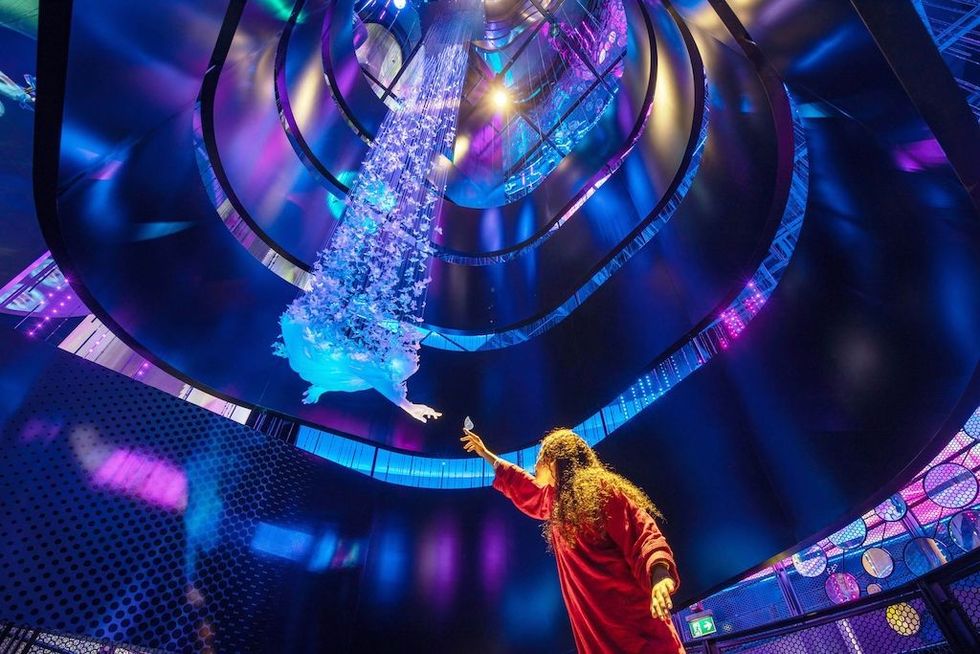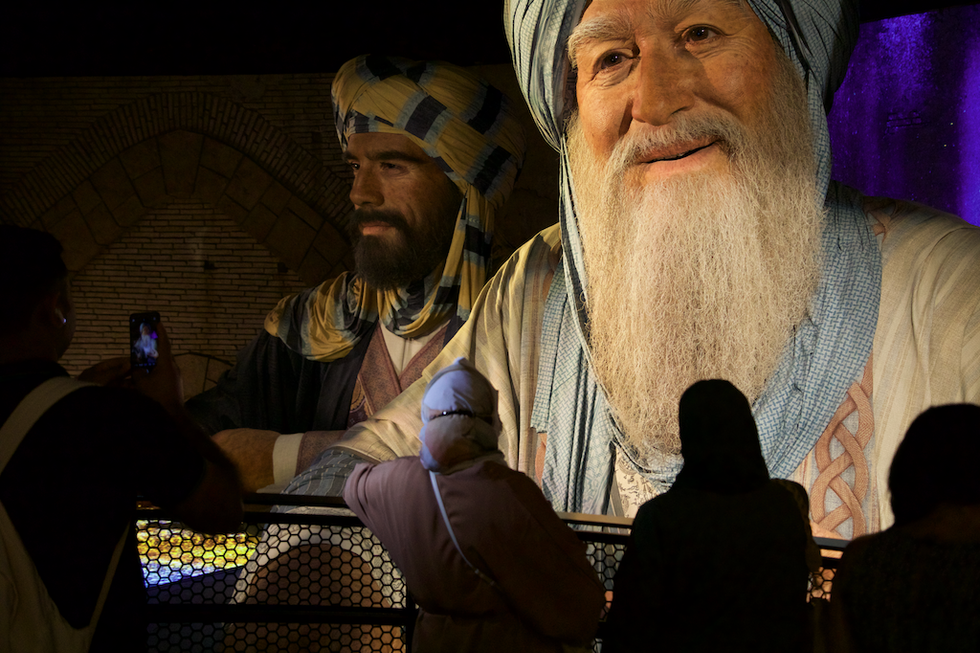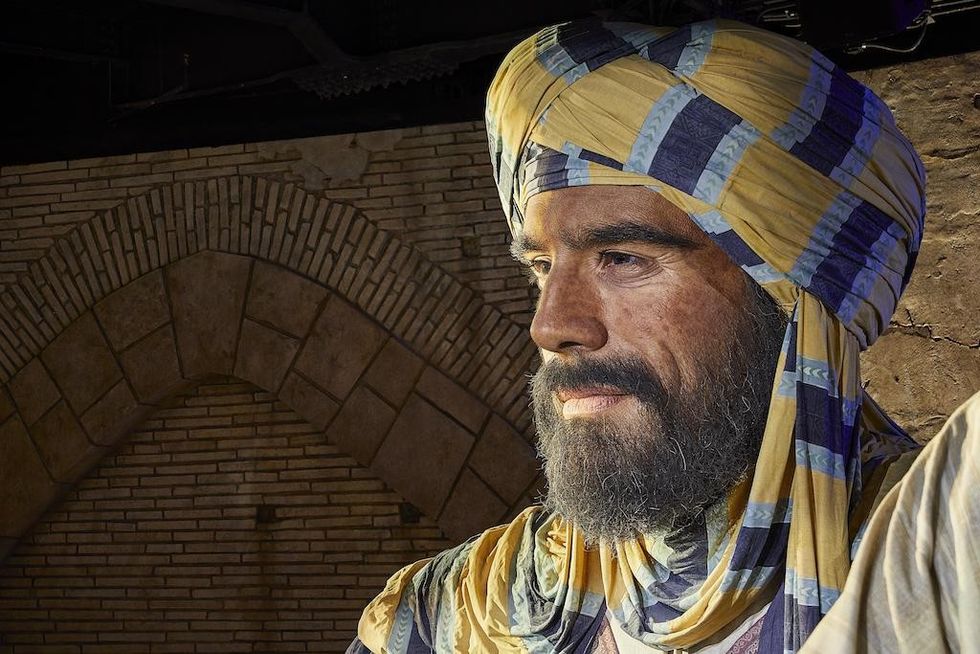When developing world-class attractions, success is not solely determined by guest experience. It relies on precision, planning, and strict cost control from the outset. As projects become increasingly complex and ambitious, the importance of effective cost management has never been more vital.
Cumming Group, a global project and cost management consultancy, is at the forefront of this conversation.
With a proven track record of delivering landmark leisure destinations across North America, the Middle East, and Asia, the company is now sharpening its focus on Europe, bringing deep expertise, global insights, and a proactive approach that helps projects manage risk and maximise ROI.
Asif Parkar, VP of cost management from the firm’s Cumming Group’s US division, and Matt Smith, cost consultant in the Europe office, speak to blooloop about the lessons that Cumming Group has learned from some of the world's most iconic themed entertainment projects. They also outline common pitfalls that can derail budgets and offer essential tips for developers embarking on major destination builds.
At the heart of their message lies a simple truth: engaging a cost management expert early (and keeping them at the table throughout) is both a wise move and a strategic investment in a project’s long-term success.
Cumming Group: decades of experience across the attractions industry
Cumming Group’s connection to the themed entertainment industry goes back to its founder, Finlay Cumming, who supported both Disney and Universal Studios before forming the company.
The range of support that the company provides encompasses the entire spectrum of project controls, from cost estimating and management to procurement, scheduling, and project management.
“Our portfolio includes all types of themed projects, from themed hotels and resorts to zoos, aquariums, and, of course, theme parks and attractions,” says Parkar, who has led commercial efforts on numerous major theme parks over the last 15 years.
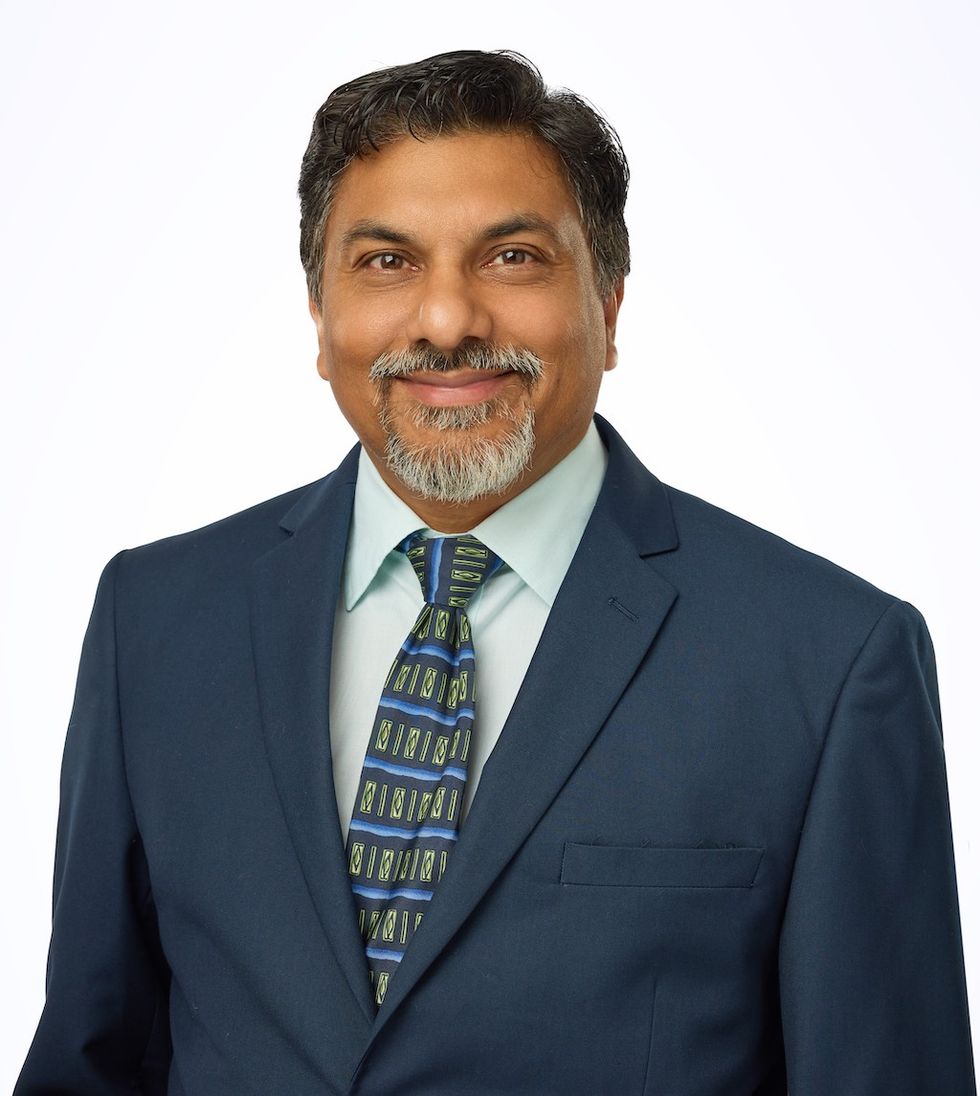
Key projects include Disney California Adventure, Dubai Parks and Resorts, Shanghai Disneyland, Warner Bros. World Abu Dhabi, Universal Beijing Resort, and, more recently, Epic Universe.
Drawing on this extensive experience in commercial management, he identifies three key areas that impact the ability to manage construction costs.
First and foremost is the programme:
“The size of the buildings and area development on any theme park has the biggest influence on cost during those critical early stages of design. I’ve worked on numerous projects where creeping square footage from one design package to another has been the biggest challenge to keeping costs aligned with the assigned budget.”
For instance, picture an attraction building with a gross floor area of 40,000 square feet. If, at the next design milestone, the design adds 10%—another 4,000 square feet—that additional area could require more foundations, structure, finishes, MEP systems, and theming.
“It becomes incredibly difficult to pull that back to a budget based on the original 40,000 square feet. Decisions need to be made early to prevent that kind of growth from repeating across the many buildings that make up a theme park.”
Common pitfalls
Secondly, he points to a lack of expertise and understanding. When budgets are prepared by operators or developers with limited experience in themed entertainment construction, they often underestimate key components.
“Consider a pie chart representing the hard cost of construction. One portion is the facility, well understood, and the other is rides and shows. For world-class or regional destinations, rides and shows can easily account for over 50% of the total cost. Unfortunately, not only are there few commercial managers with the skill set to manage that 50%, but there's often an insufficient budget allocated to it.
“This usually stems from a lack of understanding of what an appropriate allocation looks like.”
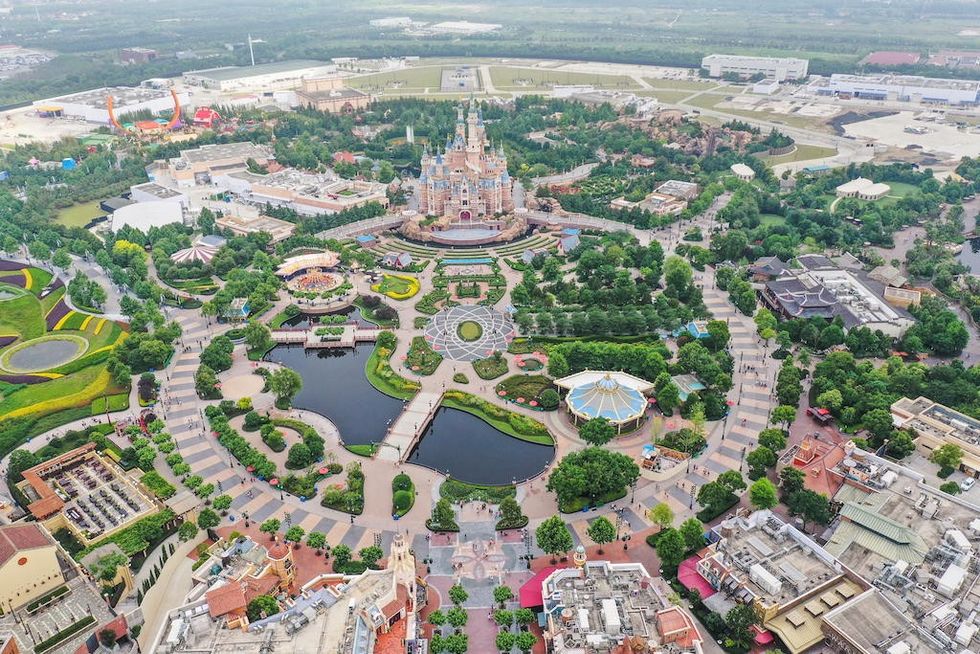
Lastly, he highlights the critical role of the project director or project manager.
“Imagine a pyramid: at the top is safety, as it should be. Just below that is guest experience, then operations, with facility construction at the base.
“The best projects I’ve worked on had strong project directors or PMs who managed this hierarchy to maximise guest experience. They would lead regular design meetings, hear input from various stakeholders, and act as an adjudicator, approving or refining ideas to ensure we didn’t just build to a budget, but did so without compromising the guest experience, which is critical.”
Getting the right team in place
Given these pitfalls, Smith explains it’s not just early engagement with cost managers that’s crucial; it’s early engagement with the right cost managers:
“You need people who have real experience, who understand the creative vision, and who have a genuine enthusiasm for what’s being built.
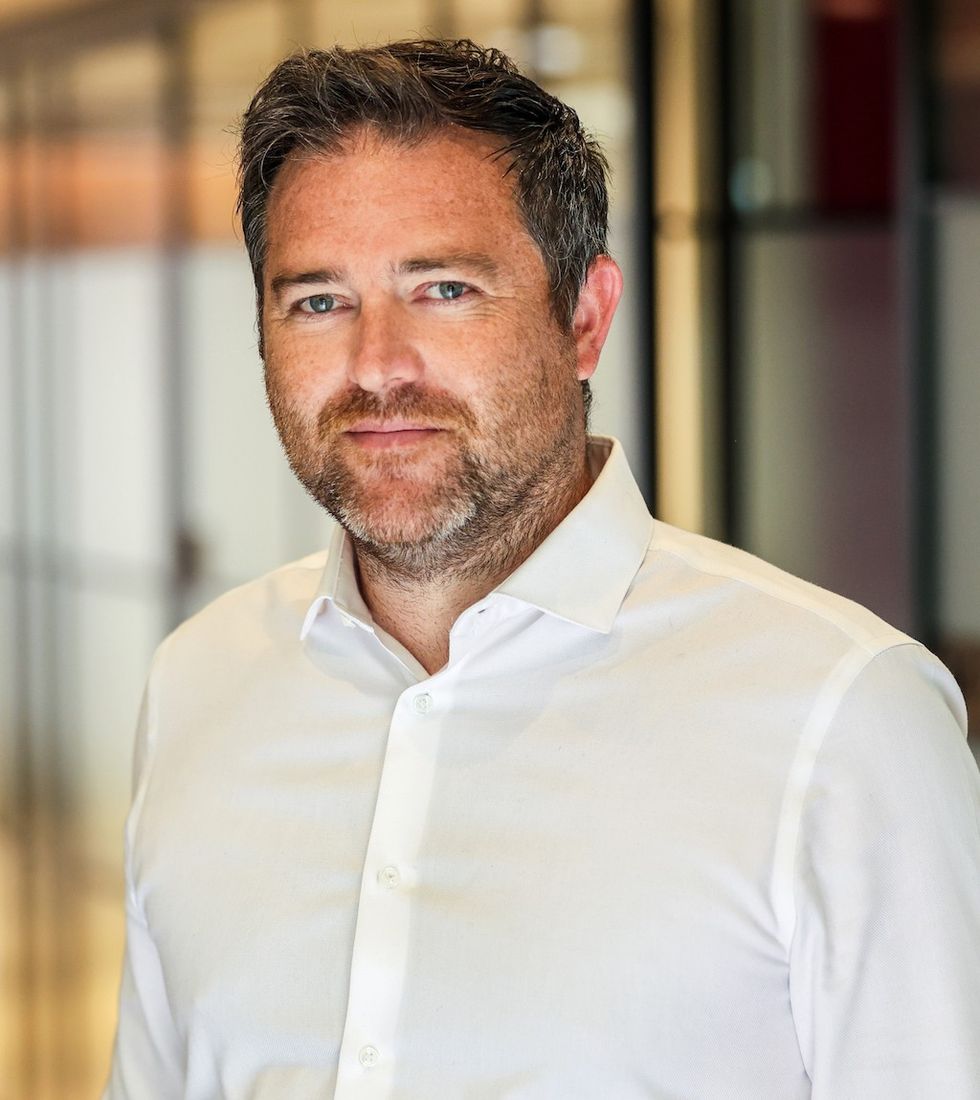
“At the early stages, experience is everything. A good cost estimator can bridge the gap between a beautiful concept sketch and the real-world construction cost. They know where the pitfalls are, and they can read between the lines of a design to anticipate cost drivers.
"Local knowledge of pricing is also key. Without it, budgets can quickly become unrealistic.”
“At Cumming Group, our experience spans far beyond theme parks alone. In addition to major attraction destinations, we’ve supported museums, immersive brand experiences, aquariums, and zoos. Each brings unique challenges in storytelling, technical integration, and operational planning.
"This diversity gives us a broad perspective on the entire visitor attraction sector, which we use to inform better, more adaptable cost strategies across all kinds of projects”
Bringing cost consultants in early helps make the ROI accurate and balanced.
“A themed entertainment project, like any significant construction effort, is a collaboration between talented professionals. The creatives are vital, but I always say—you don’t get Disneyland without Roy Disney. Walt had the vision, but it was Roy, along with Buzz Price, who kept the numbers on track.
“The one thing we hate most is getting involved too late. When that happens, the budget often wasn’t set correctly. Suddenly it feels like we’re the ones holding the creatives back, which we’re not. If we’re brought in early, we can set accurate budgets based on real-world experience, and that benefits everyone.”
Real-world examples from Cumming Group
Parkar adds:
“When a client commissions a feasibility study to establish the economics for a proposed project, it can lead to what I call the ‘feasibility cycle of death.’
“Here’s how it typically unfolds. The feasibility study is completed, and a backward calculation is used to determine the ‘warranted investment'. Essentially, the amount a project can afford to spend on construction to achieve a target return on investment. Then, master planning or early design work begins, followed by the hiring of an estimator to develop a bottom-up cost estimate.”
More often than not, that estimate ends up being higher than the previously established warranted investment figure. At that point, the project pauses, undergoes redesign, or comes to a complete halt.
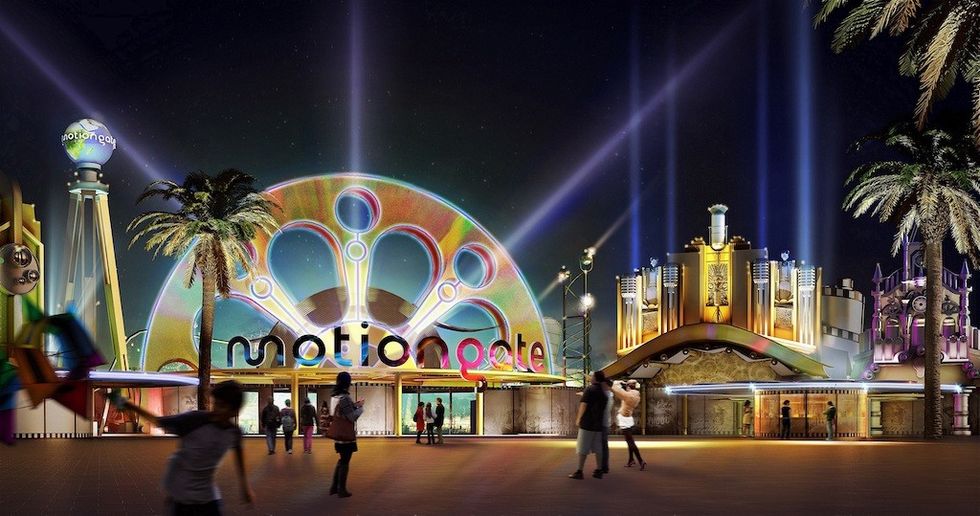
“A better approach is to engage the estimator alongside the feasibility consultant, right at the start, just as Matt mentioned, so that the warranted investment number can be tested and verified in real time.”
Illustrating the positive impact this can have, he discusses a project the team worked on in the US:
“In this case, we were brought in at the same time the feasibility consultants were preparing their report. That allowed us to review their assumptions and weigh in on the warranted investment number.
“Our assessment was that the number was too low. It simply wasn’t enough to deliver the project. But because we were involved early, we could collaborate directly with both the feasibility team and the master planners, who were also on board.
“Together, we refined the numbers, both on the revenue and investment sides, so that everyone was aligned.”
That project ultimately got greenlit and moved forward into subsequent design phases.
“That’s the way these projects should unfold, with alignment and clarity from the start, giving the project a much stronger foundation to proceed.”
Contingency planning
Outlining his top tips for developers who are looking to start a new themed entertainment project, Smith emphasises that early engagement is critical:
“These are incredibly complex, multifaceted investments. They blend elements from multiple sectors, such as infrastructure, hospitality, entertainment, retail, and, perhaps unlike any other industry, they need to be delivered to a world-class standard.
“Early benchmarking, high-level estimating, and risk analysis help avoid the all-too-common misalignment between creative ambition and financial reality.”
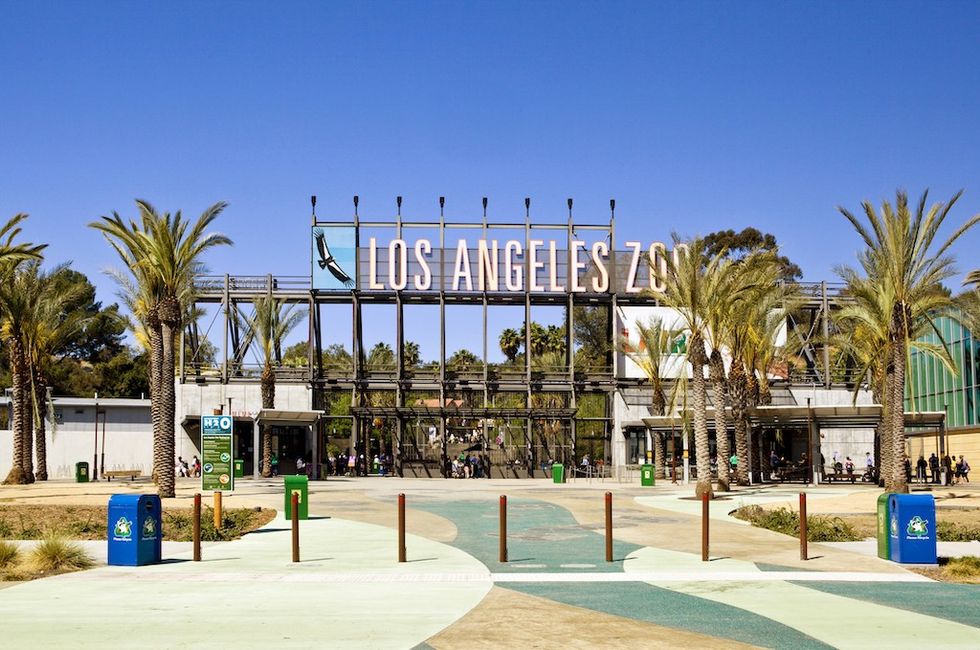
Contingency planning is also crucial, he adds:
“This is where a mix of experience and local knowledge becomes invaluable. Understanding local pitfalls, ground conditions, utility, and infrastructure costs —these are often substantial portions of the overall budget —and they need to be managed with care.
“Realistic contingency levels are essential. They protect not just the budget, but also the project’s timescale. Without them, you’re exposed to risks that could derail both.”
Cumming Group: global and local knowledge
Europe is a key area of focus for the company at the moment, says Smith:
“The European market is entering a really exciting phase. There’s growing interest from both established operators and new investors. I think everyone is starting to realise the value of the distinct offerings that Europe brings.”
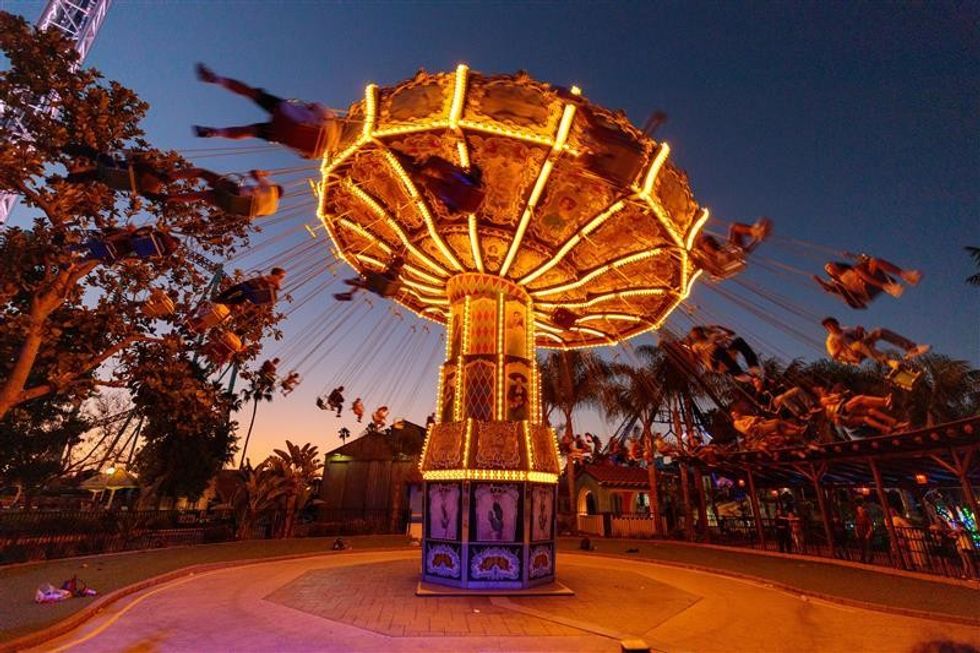
There are, however, some significant differences compared to other regions.
“For example, access to land in Europe is particularly challenging due to its historic context and dense urban areas. In contrast, in the US or the Middle East, land tends to be more readily available. It's often easier to integrate infrastructure and cultural elements into new developments.
“If you're developing a new park in the UK, archaeological testing will be particularly significant from a cost perspective. That’s why early engagement is key, not just with cost consultants, but also with local authorities and planners.
“At Cumming Group, we operate across multiple territories. Each region has its unique construction standards, labour markets, preferred construction methods, and local materials. Having strong local knowledge of the UK and wider European market, alongside global experience, is where Cumming Group stands out.”
New projects on the horizon
In terms of the company’s aims for the region, he adds:
“We hope that we continue to be engaged earlier and earlier in projects, building on the strong relationships we already have with our existing clientele to become a true strategic partner—one that’s involved right from the outset."
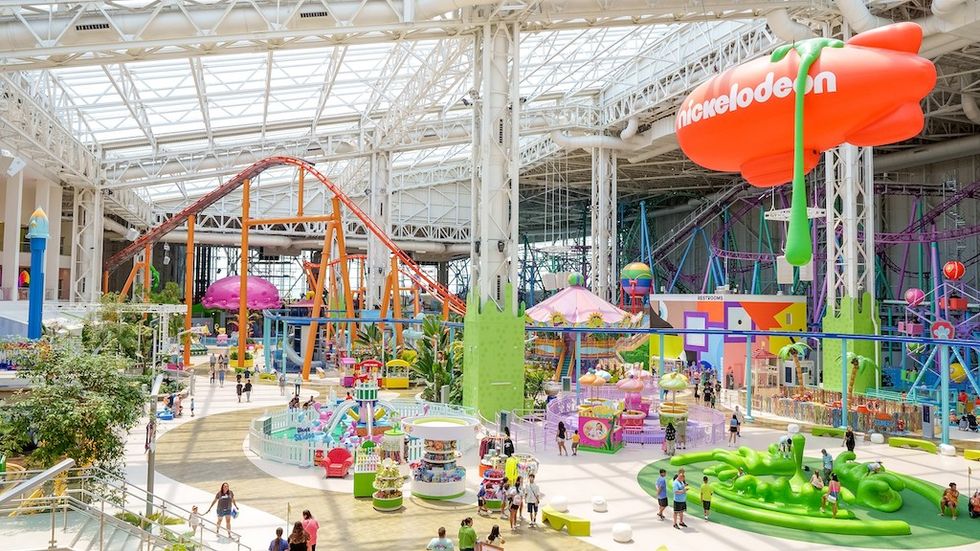
“We're committed to continuing our growth with major global clients, but we’re also excited to support more regional parks. They play such a crucial role in the themed entertainment landscape.
With notable themed entertainment brands such as Universal and Puy du Fou now looking to expand to the UK, he says:
“It would be amazing to be part of bringing a truly world-class destination to the UK.”
Keeping up with a fast-evolving industry at Cumming Group
While themed entertainment is still growing fast, it’s not just about theme parks anymore. The entire genre, including immersive and interactive experiences, is evolving rapidly. Traditional categories, such as museums, theme parks, family entertainment centres and malls, are becoming increasingly blurred.
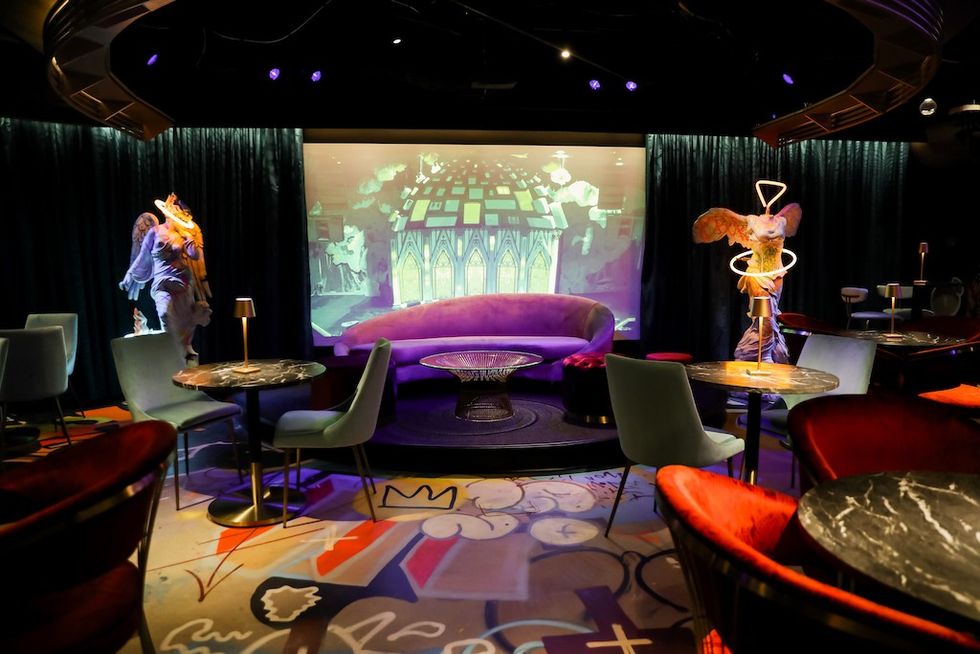
“Immersion isn’t just a nice-to-have anymore,” says Smith. “It’s imperative to what we do, and we’re seeing more and more of it across the industry. Increased immersion blurs the lines between traditional disciplines. Where rides were once relatively simple and separated between facility and show, now those elements are deeply intertwined.
“Queue lines, for example, are becoming more immersive and fully integrated into the storytelling.”
Because of this, cost consultants can no longer be solely focused on numbers:
“They need to be, in part, engineers and creatives. They have to understand emerging technologies and how they’re being applied in themed environments.”
“With more immersion and tech-driven experiences also come higher operational costs and often shorter refresh cycles. These are critical factors that need to be considered when performing whole life or lifecycle costings.”
Sustainability
Parkar also discusses the role that sustainability, an increasingly important topic across the entire attractions industry, plays in cost planning and management for new developments.
“When it comes to sustainability, there are several challenges in applying those measures to themed entertainment projects. Theme parks are full of custom designs, things that haven’t been done before, with little repetition, which often require one-off construction approaches.
“Many of the attraction buildings that go up might be torn down or significantly renovated in less than 10, maybe 20 years.”

There is also the pressure of upfront capital costs, particularly when the return on investment may not be realised for a decade or more.
“All of this makes applying sustainability measures at scale in theme parks quite difficult. That said, there are definitely opportunities, particularly in back-of-house areas.
“I’ve worked on several projects that have implemented things like rainwater harvesting for irrigation or greywater systems, photovoltaic (PV) panels installed on back-of-house rooftops or over parking areas and increasing awareness around material sourcing.
"We’re starting to see specifications that require sustainably sourced materials, especially wood, with traceability back to responsible forestry practices.”
Cumming Group and the future of the attractions industry
Looking to the future, Smith believes the future of theme park development lies in the sheer pace of innovation and the quality of storytelling and technology:
“Both are improving faster than we’ve ever seen before, creating fully immersive worlds. These experiences blur the line between the actual and the virtual reality.
When companies compete, everyone wins. It’s exciting to watch what can be delivered for the end consumer when that competition drives innovation.
"Experiences are becoming increasingly personalised and tech-driven, and there is a growing demand for them. The sheer volume of work in the pipeline is incredible. Even if only half of the current blue-sky projects come to fruition, it’s going to be amazing.
“The competition is fierce, but ultimately, it’s the guests, the everyday people who enjoy the parks, who benefit. We’ve seen before that when companies compete, everyone wins. It’s exciting to watch what can be delivered for the end consumer when that competition drives innovation.”
Parkar adds that he is excited to see so many projects that are raising the bar for guest experiences in new regions:
“I’ve worked in the industry for over two decades and have seen projects emerge in different parts of the world, and I think that’s fantastic. And it’s not just about major attractions. It can also be smaller-scale experiences.
“It’s important to understand the current benchmark within the region where a theme park is planned. For example, if there aren’t any regional-level parks nearby, is it necessary to aim for a world-class destination? Or should the developer consider a regional-quality park that still significantly raises the bar but at a more affordable construction cost?”
The future is bright
With major new parks opening, like Epic Universe in Orlando, and more to come, like Disney’s planned park in Abu Dhabi and Universal’s project in the UK, the bar is continually being raised, says Parkar.
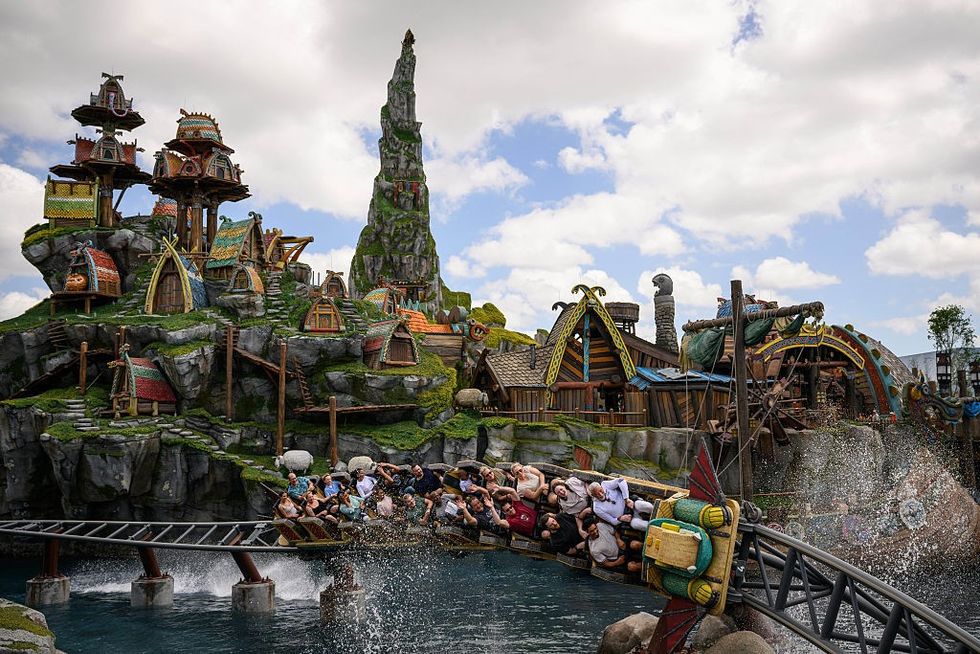
“Parks of this scale unleash huge creativity, new products, and materials, and they set the tone and benchmarks for theme parks for years to come.
“All parks developed by other operators will inevitably incorporate elements from these new developments. Our portfolio is extensive, and we have the expertise to manage every aspect of cost, ensuring budgets are spent wisely.
“Our commercial management capabilities extend far beyond estimating; we also provide procurement advice, contracting strategies, RFP and tender reviews, post-contract commercial reporting, early warnings, and final account closures. There are many areas where we add value.
“It’s truly an exciting time to be in this industry.”
As the global themed entertainment industry evolves at a rapid pace, early and expert cost management is more critical than ever, ensuring that creativity, feasibility, and guest experience go hand in hand.
Asif Parkar and Matt Smith can be contacted by email.
Top image: Sphere, Las Vegas. Credit Getty Images
Charlotte Coates is blooloop's editor. She is from Brighton, UK and previously worked as a librarian. She has a strong interest in arts, culture and information and graduated from the University of Sussex with a degree in English Literature. Charlotte can usually be found either with her head in a book or planning her next travel adventure.


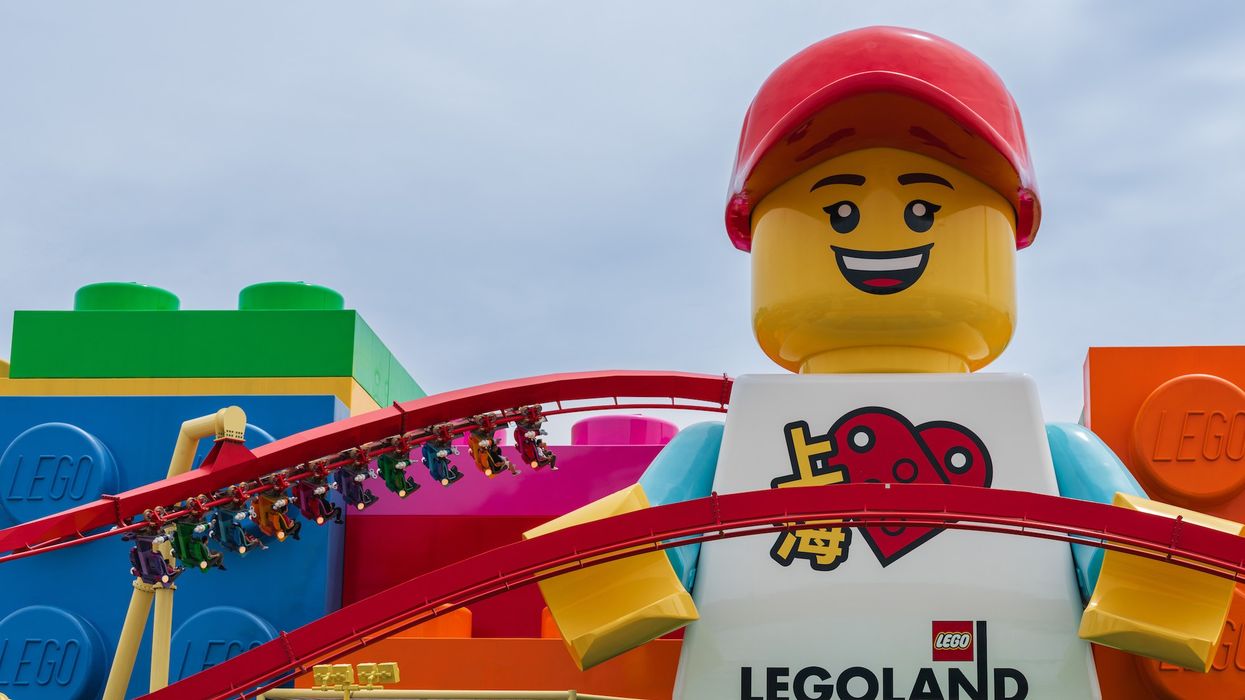
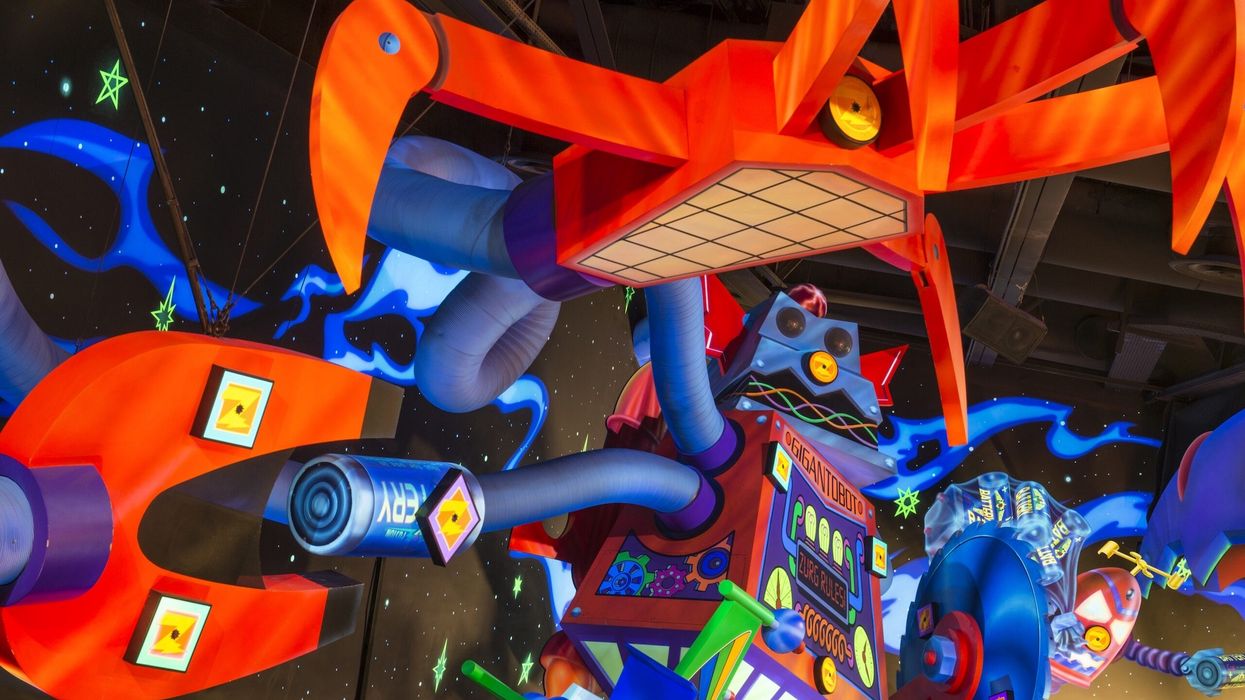

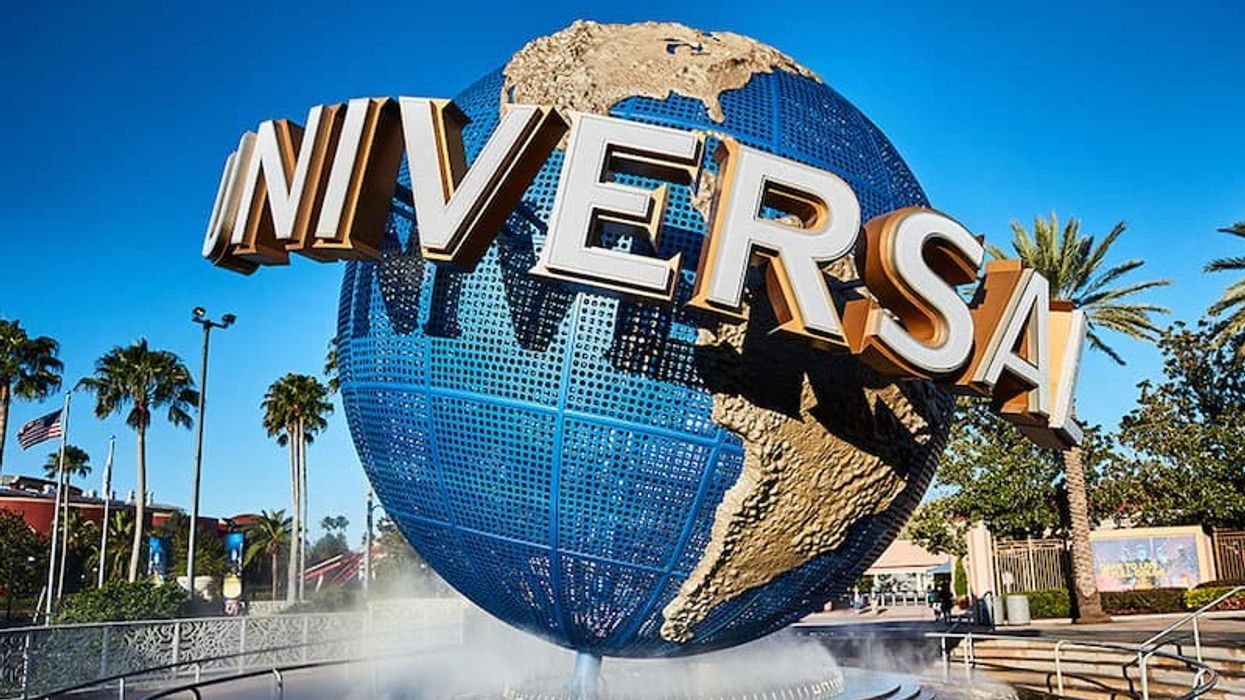
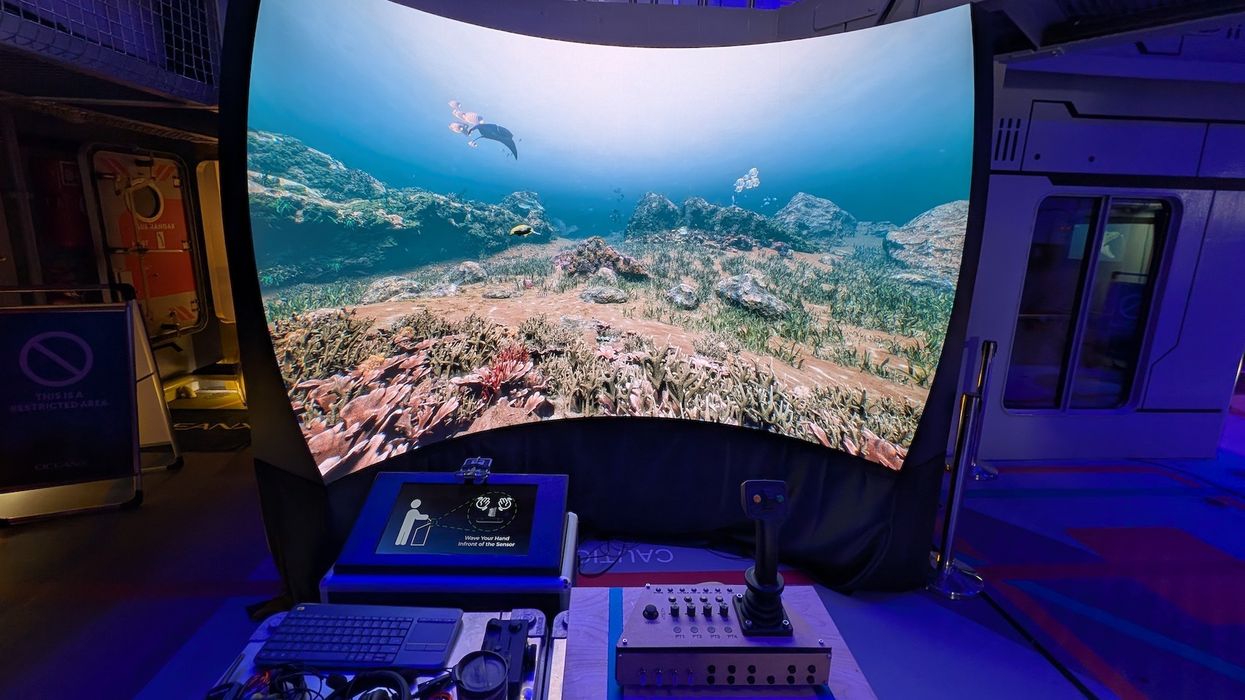
 TM Lim and Adam Wales
TM Lim and Adam Wales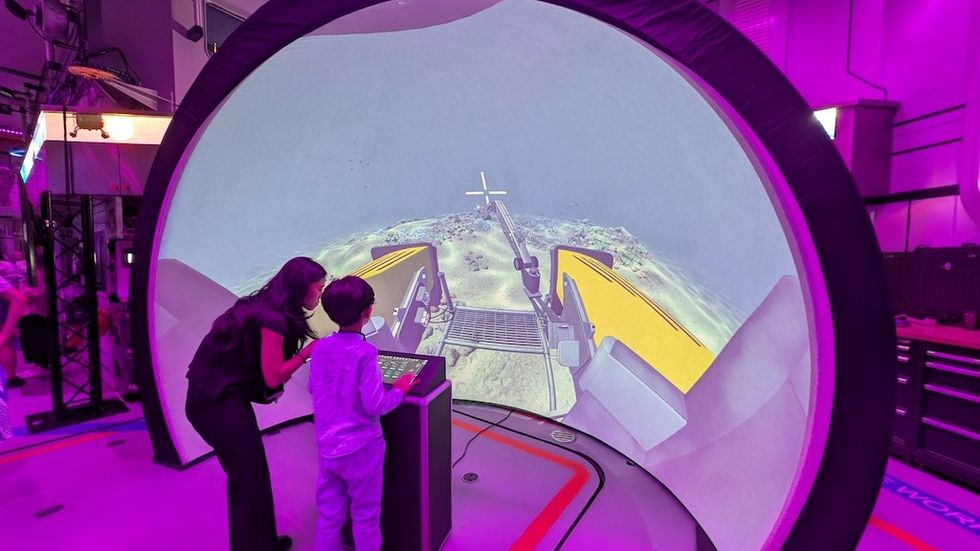
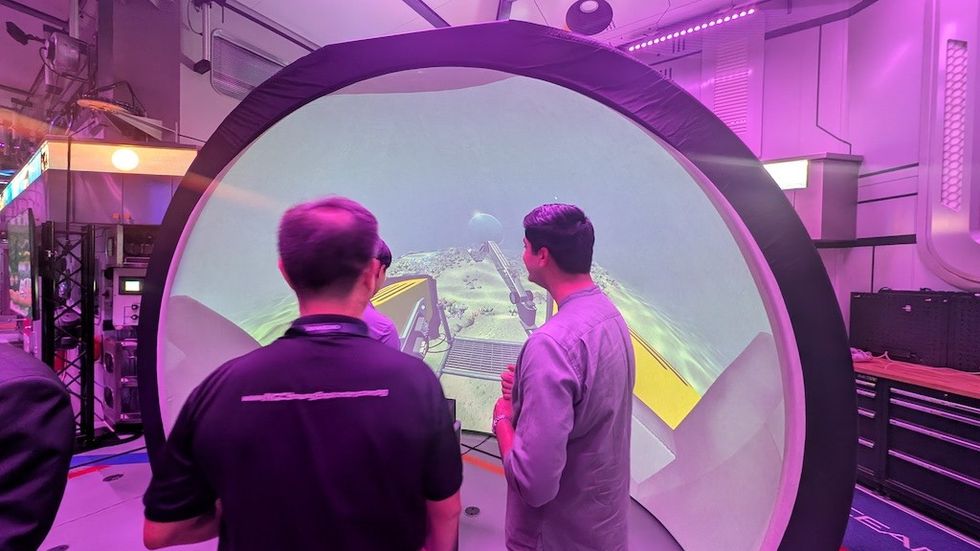
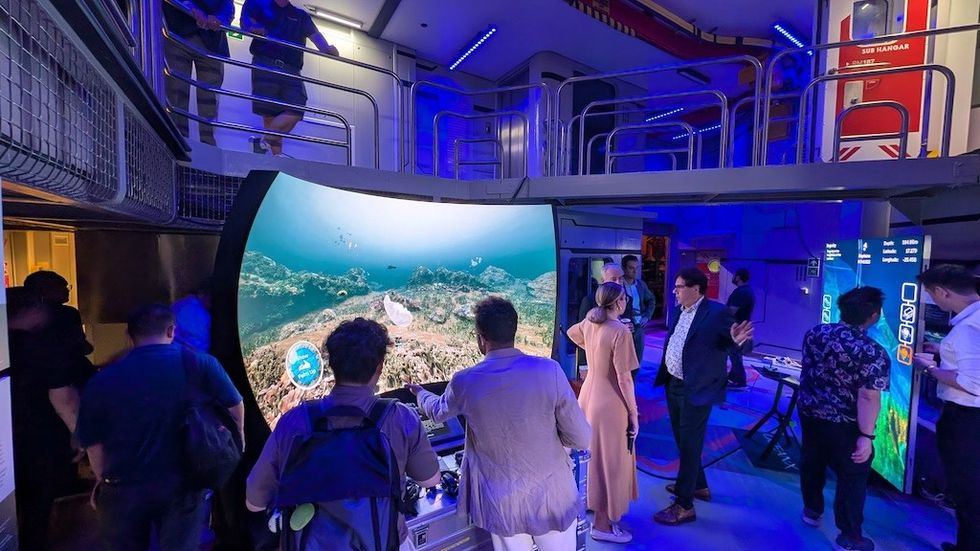

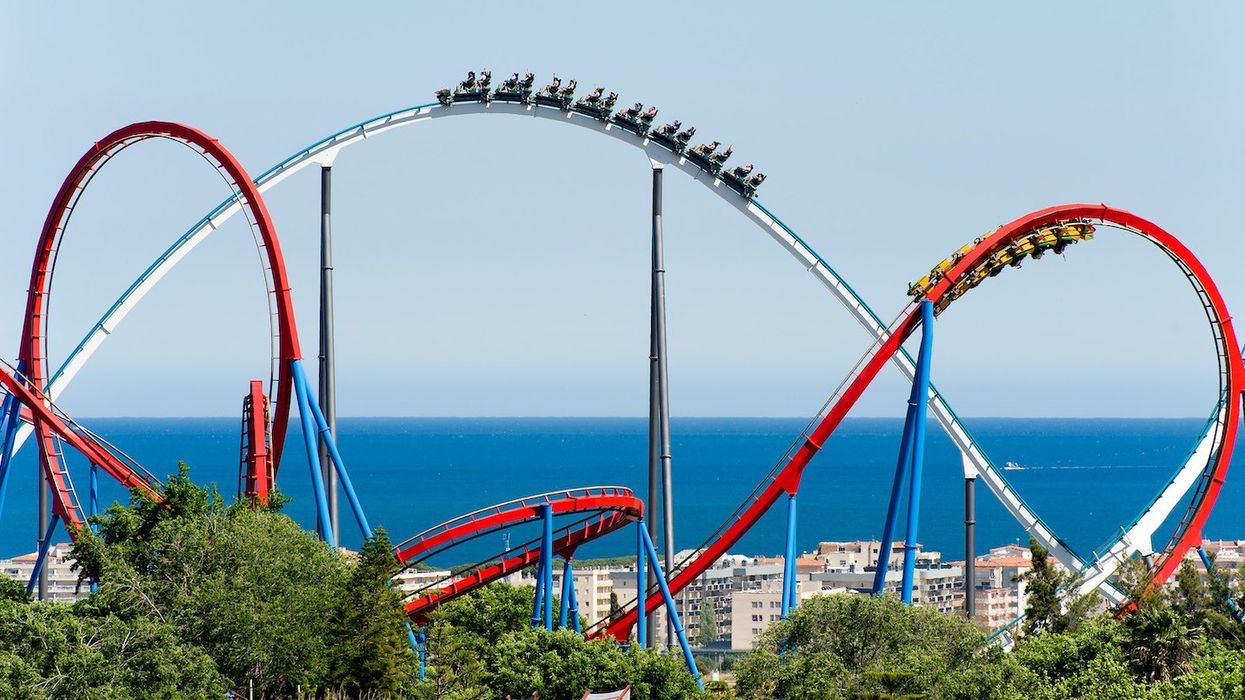
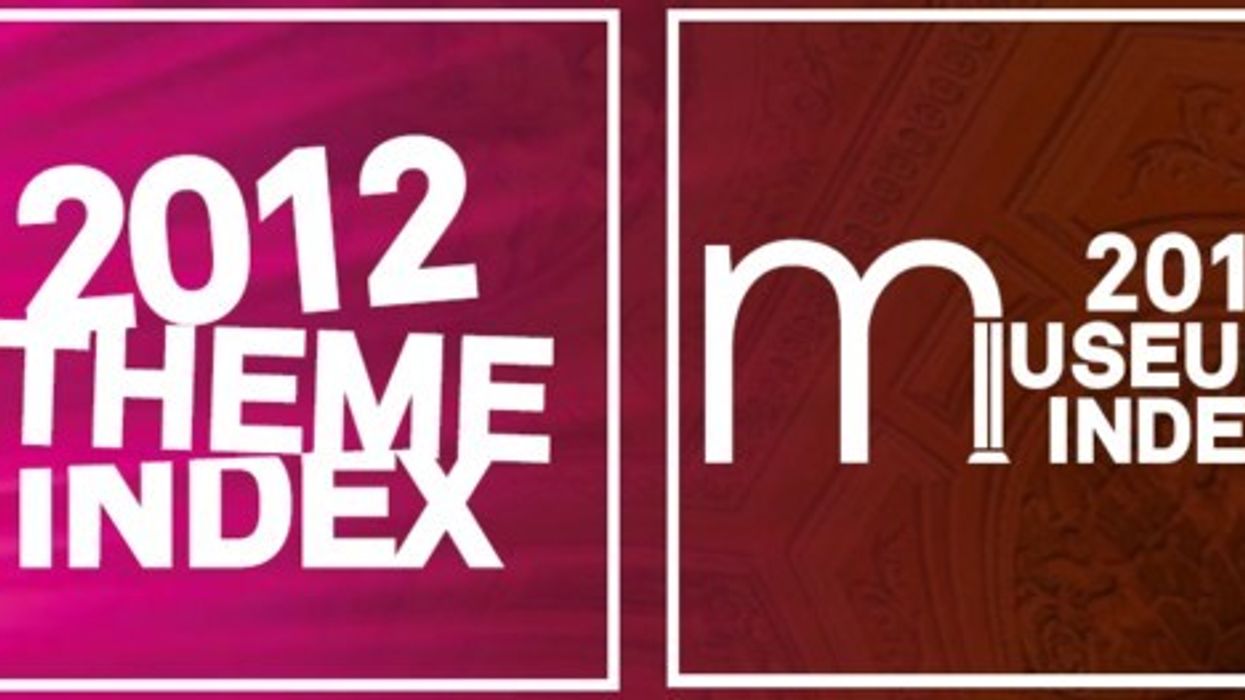
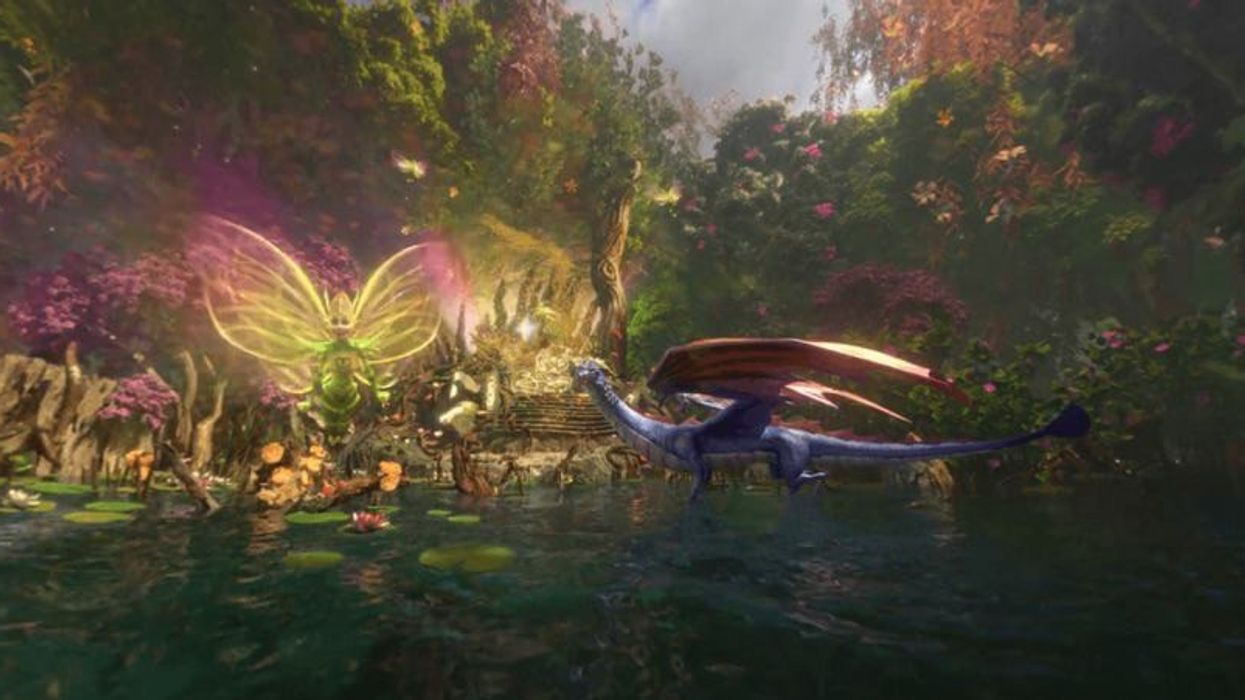
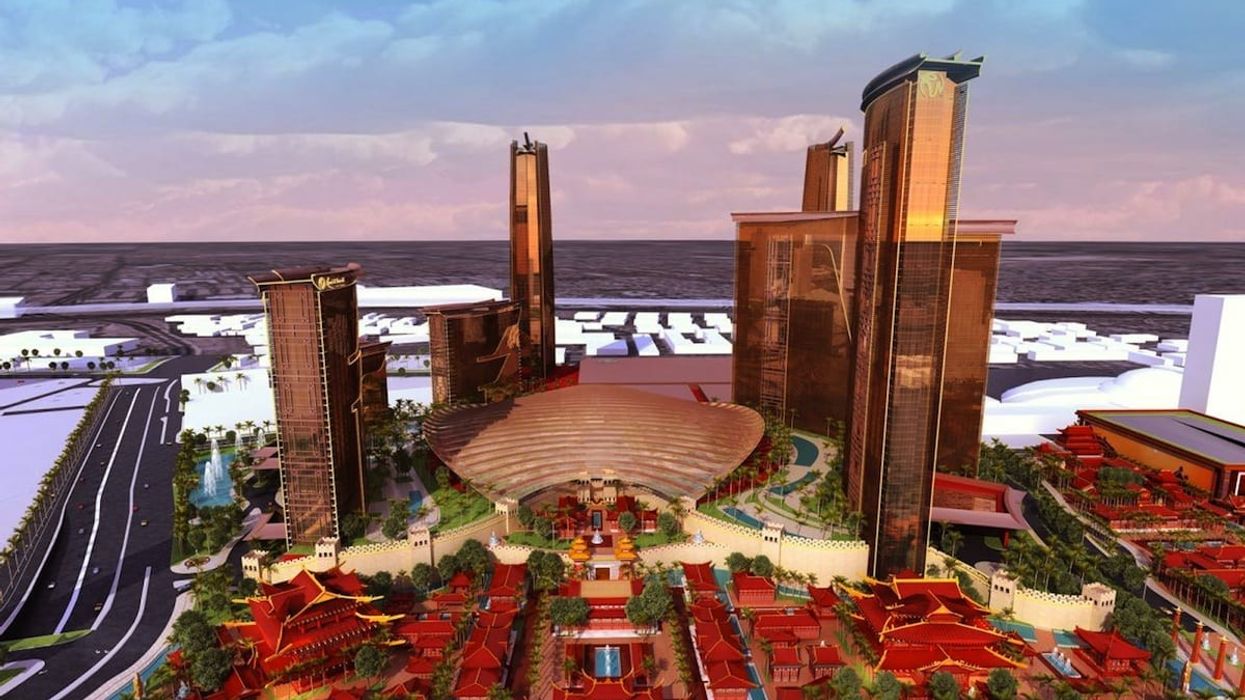
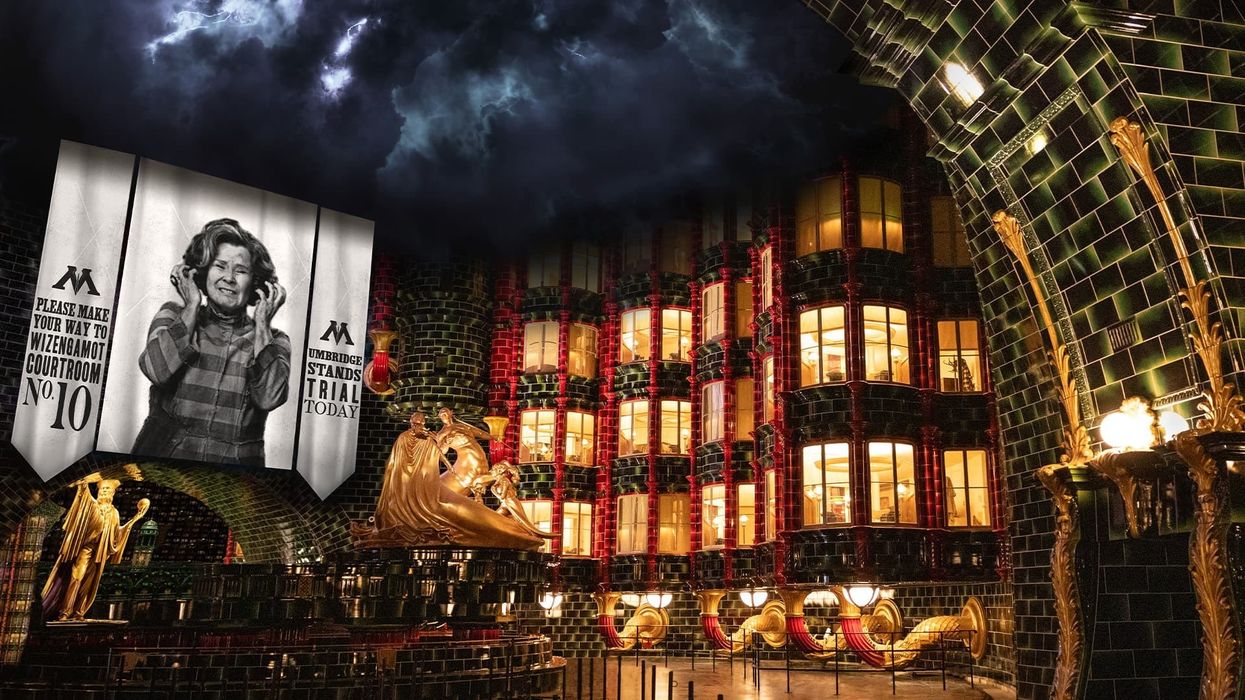

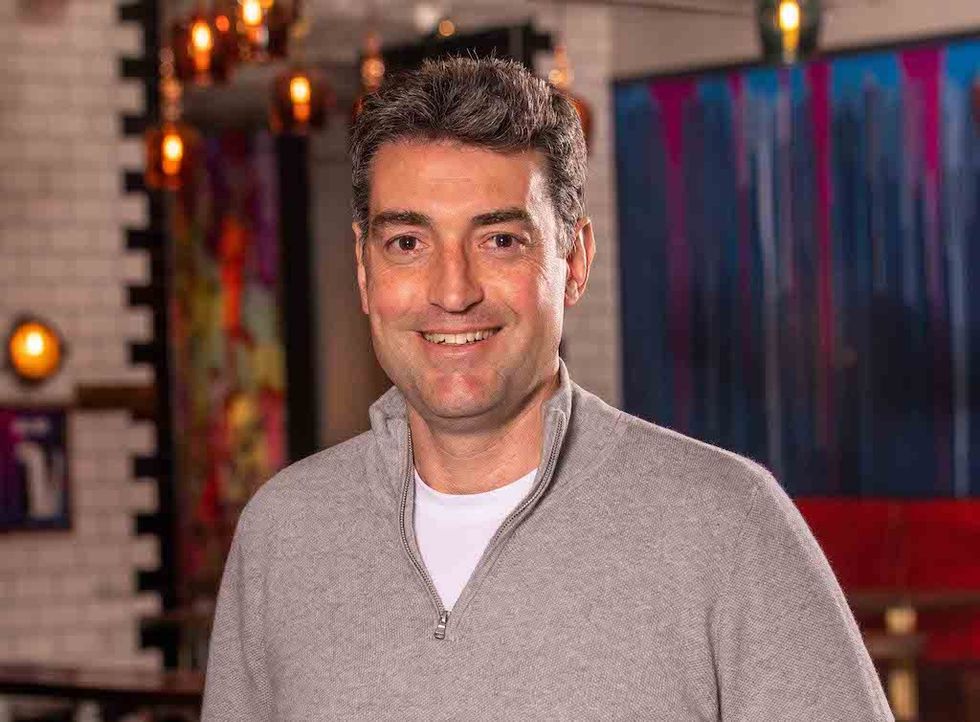 Toby Harris
Toby Harris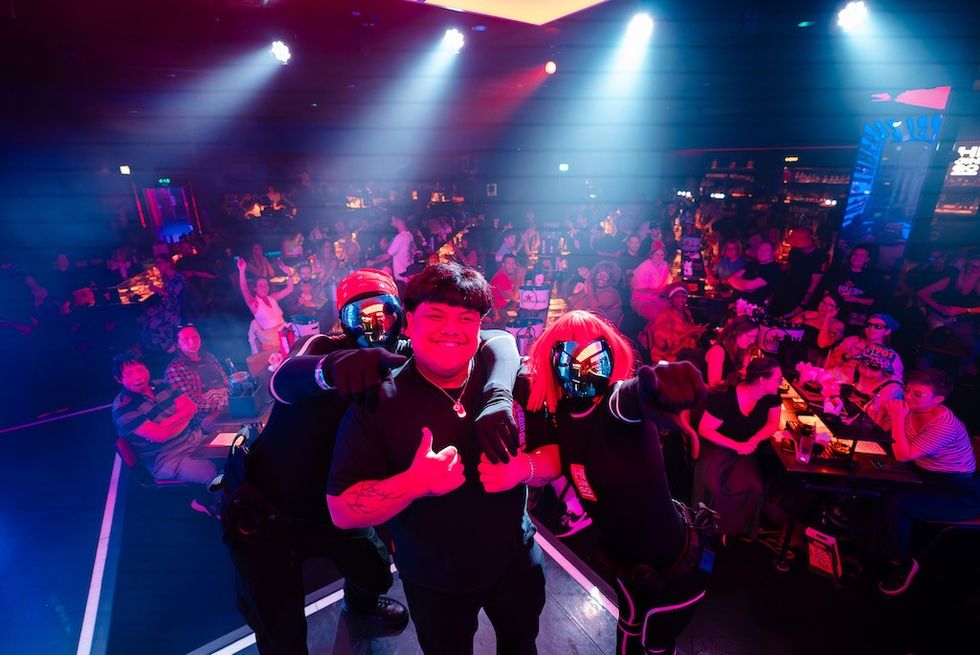 Hijingo
Hijingo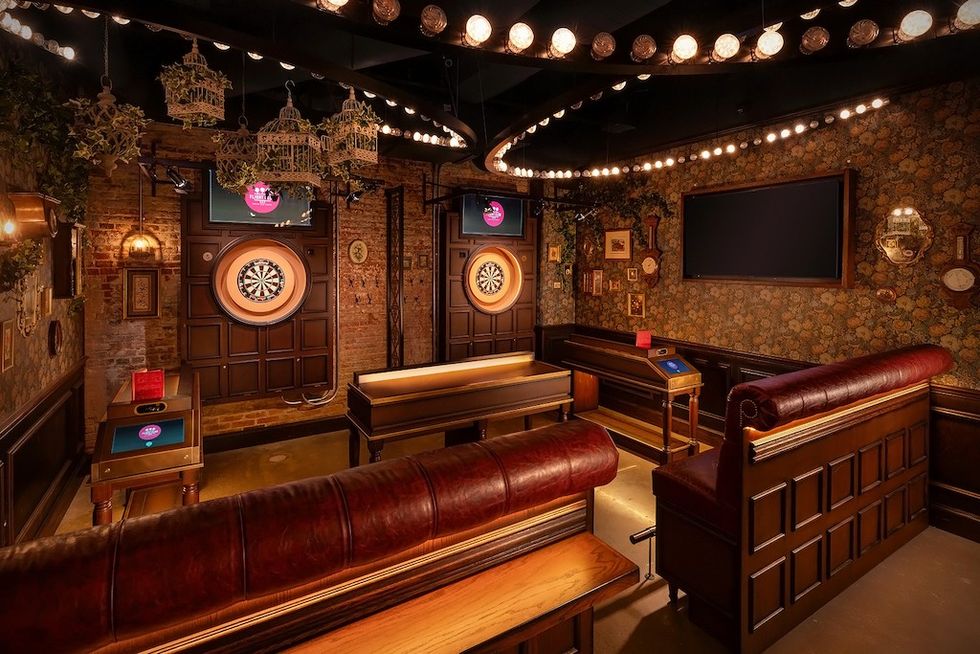 Flight Club, Washington D.C.
Flight Club, Washington D.C.
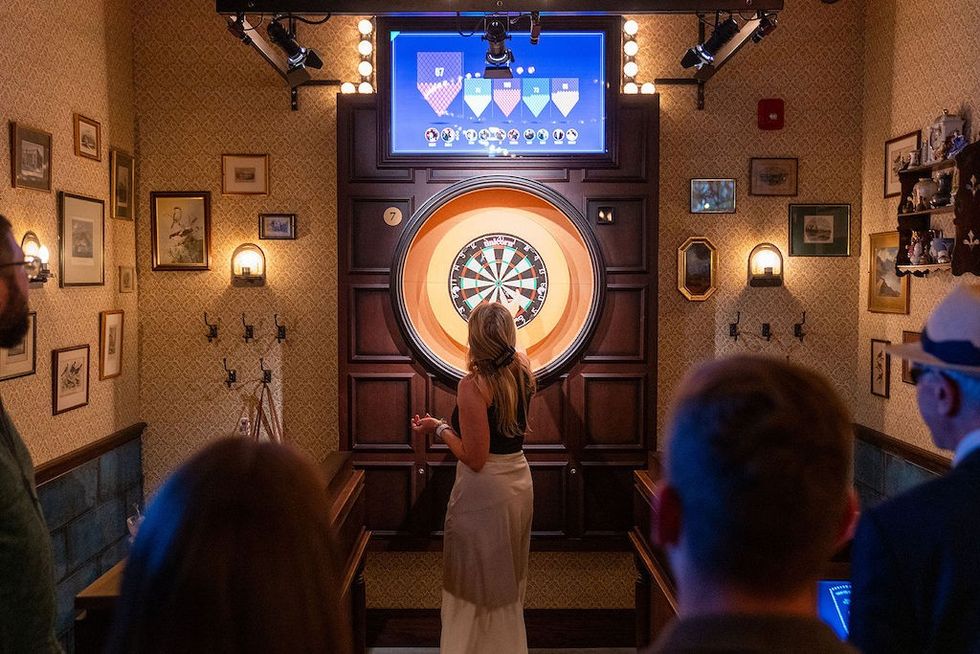 Flight Club Philadelphia
Flight Club Philadelphia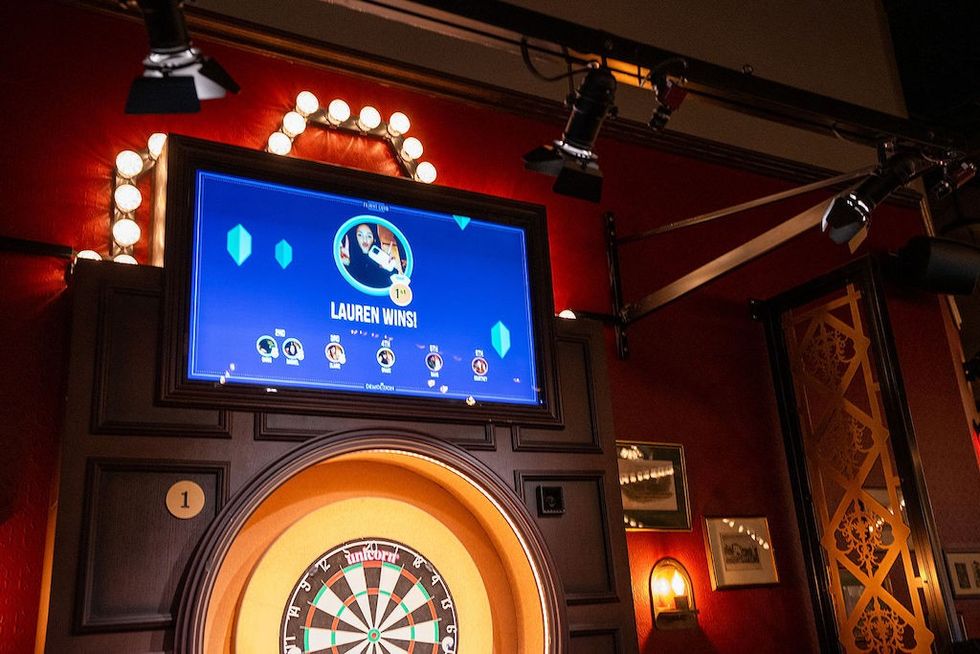 Flight Club Philadelphia
Flight Club Philadelphia Bounce
Bounce Hijingo
Hijingo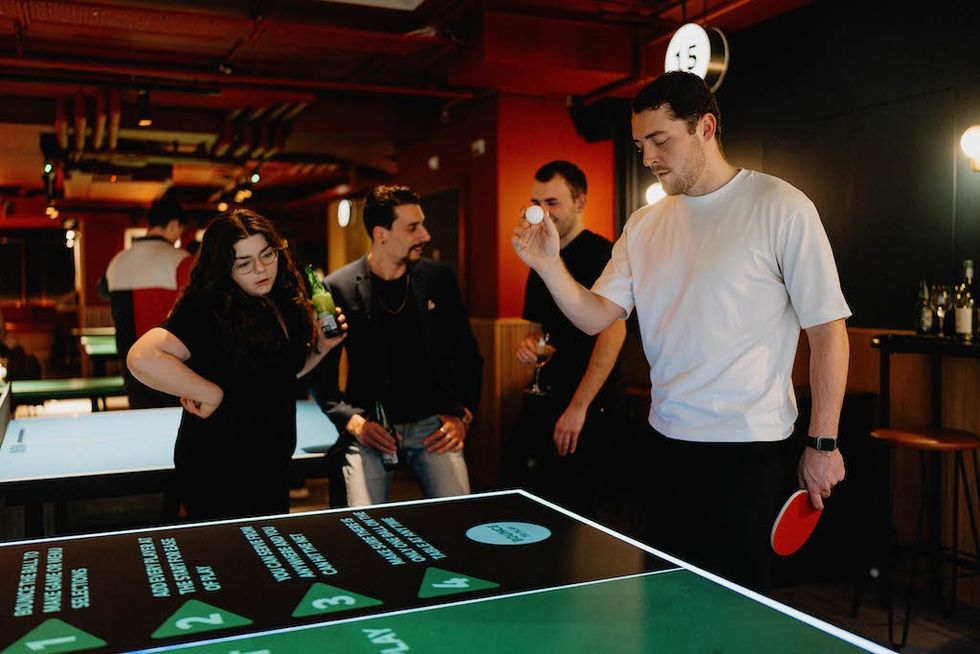 Bounce
Bounce
 Fernando Eiroa
Fernando Eiroa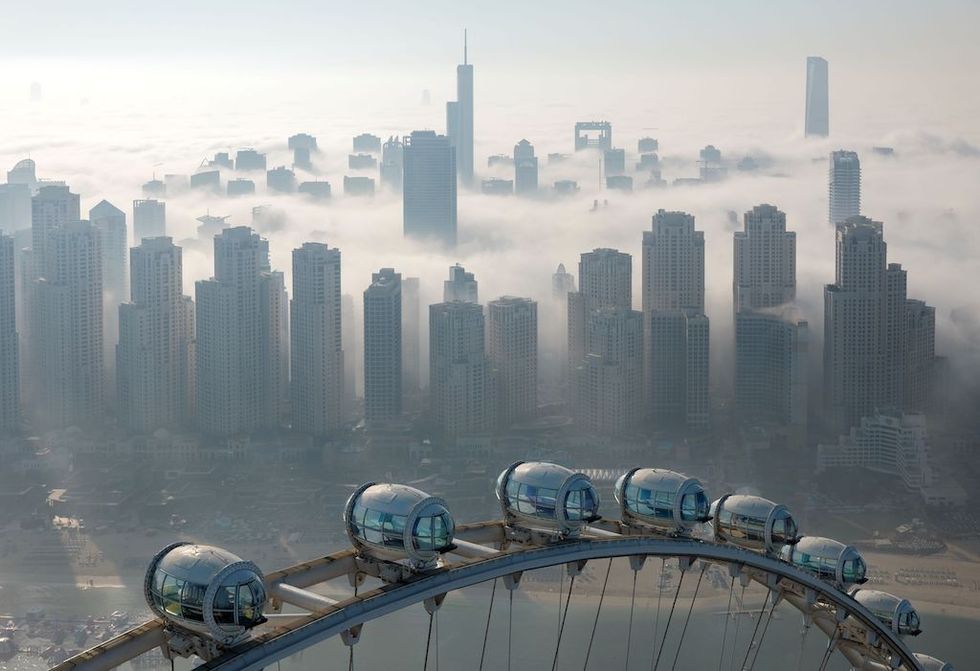
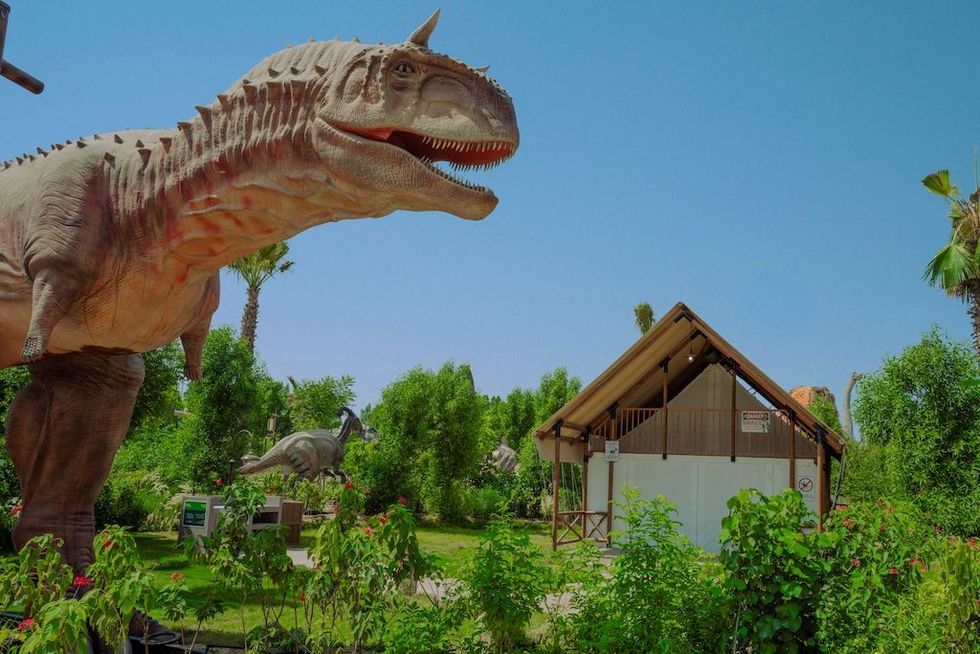

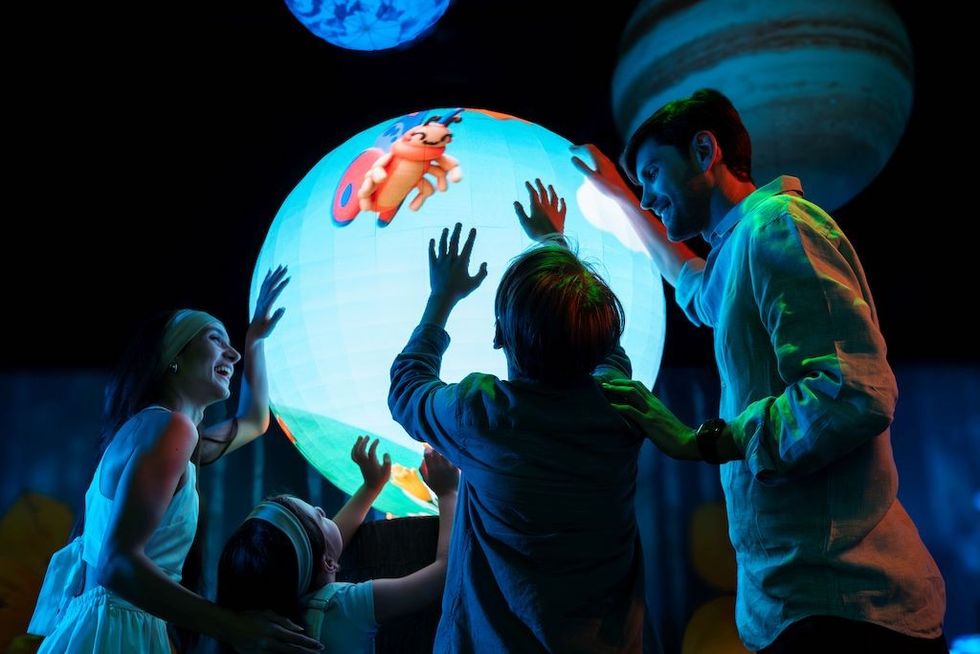



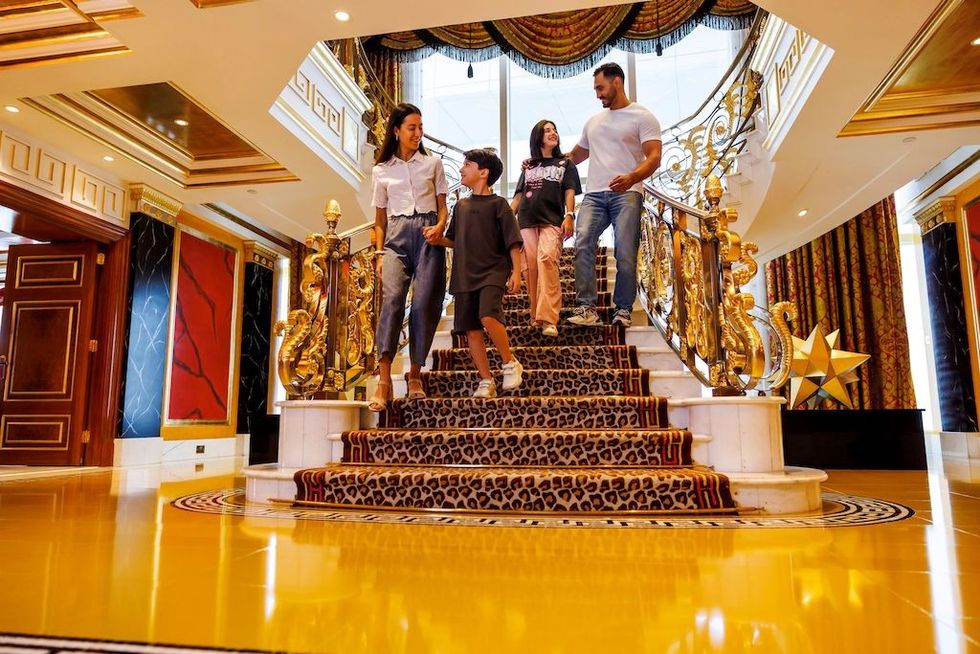

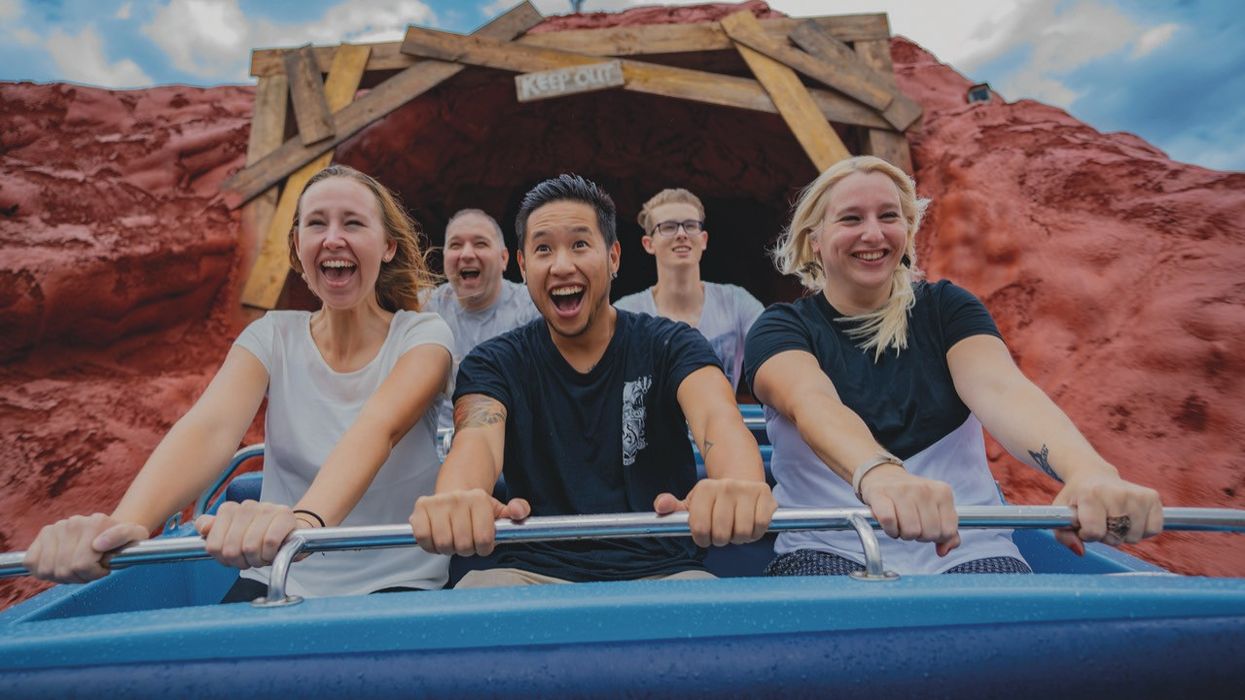


 Nickelodeon Land at Parque de Atracciones de Madrid
Nickelodeon Land at Parque de Atracciones de Madrid Raging Waters
Raging Waters  Mirabilandia's iSpeed coaster
Mirabilandia's iSpeed coaster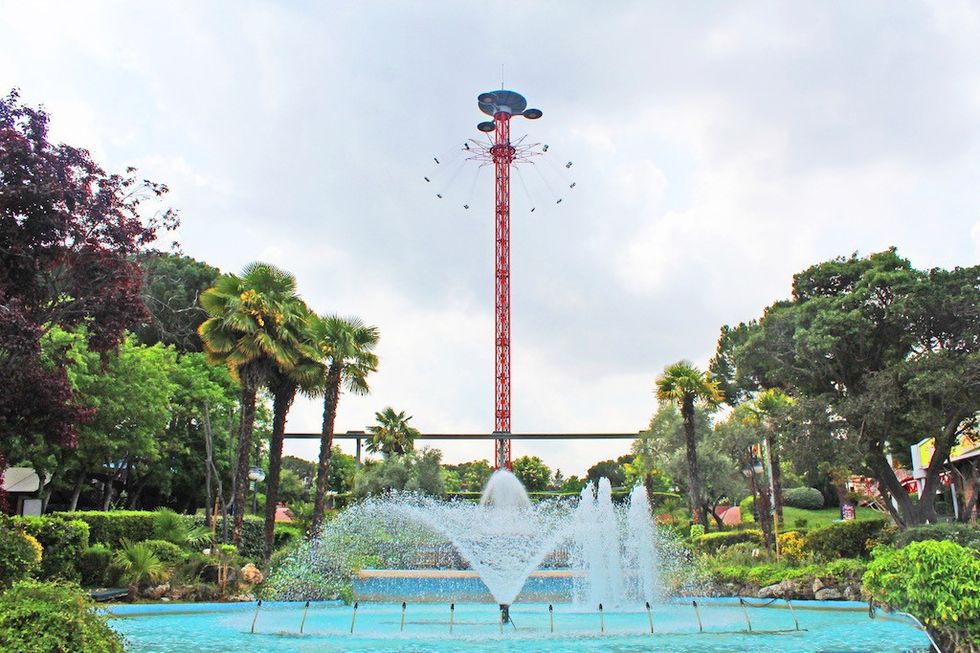 Parque de Atracciones de Madrid
Parque de Atracciones de Madrid Ferracci at the ribbon-cutting ceremony for Nickelodeon Land at Mirabilandia, with (left) Marie Marks, senior VP of global experiences for Paramount and (cutting the ribbon) Sabrina Mangina, GM at Mirabilandia
Ferracci at the ribbon-cutting ceremony for Nickelodeon Land at Mirabilandia, with (left) Marie Marks, senior VP of global experiences for Paramount and (cutting the ribbon) Sabrina Mangina, GM at Mirabilandia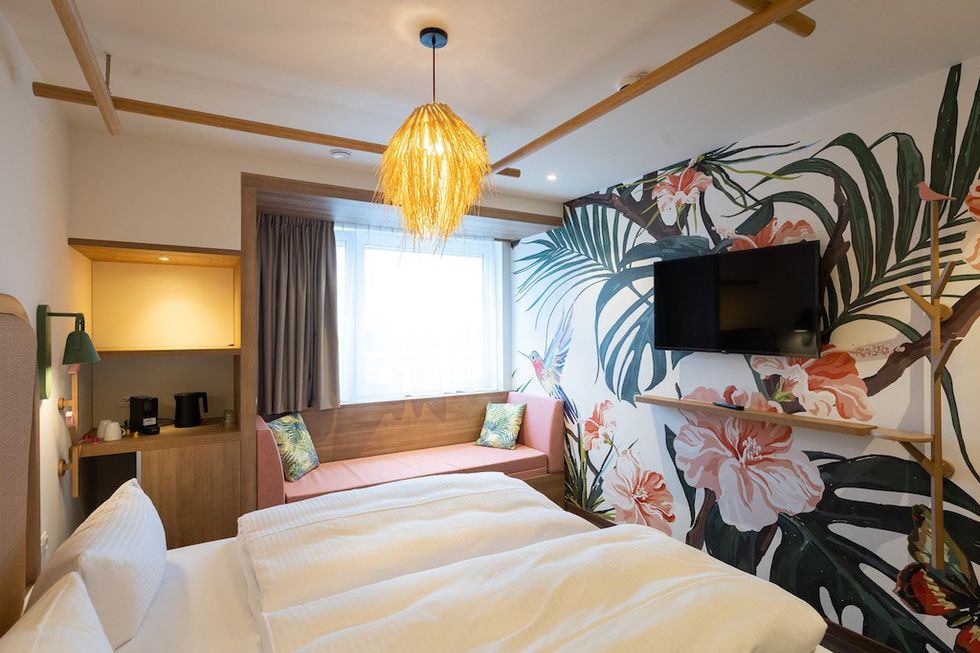 Tropical Islands OHANA hotel
Tropical Islands OHANA hotel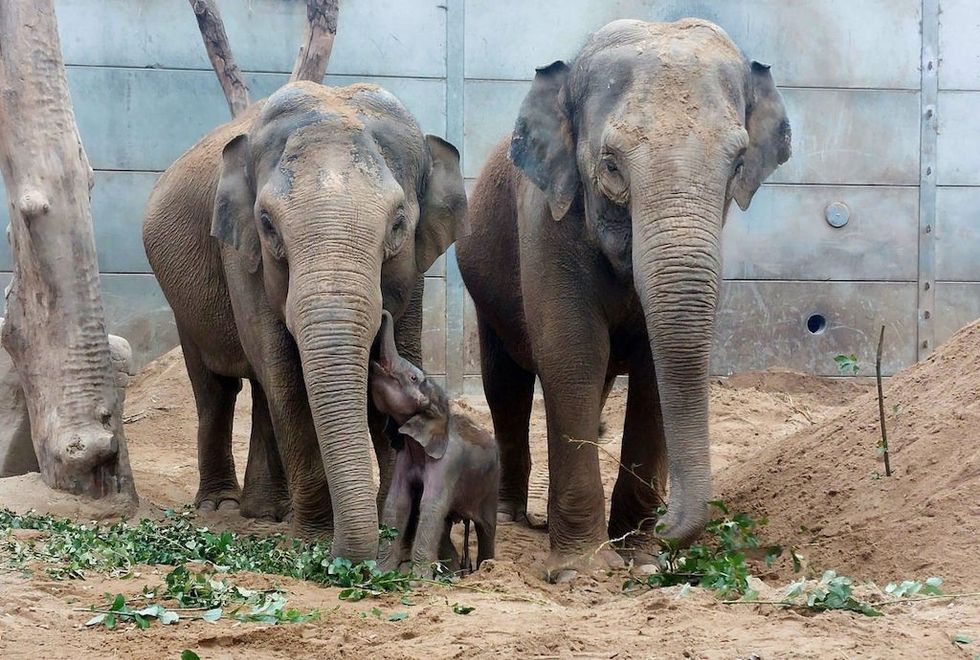 Elephants at Blackpool Zoo
Elephants at Blackpool Zoo  Tusenfryd
Tusenfryd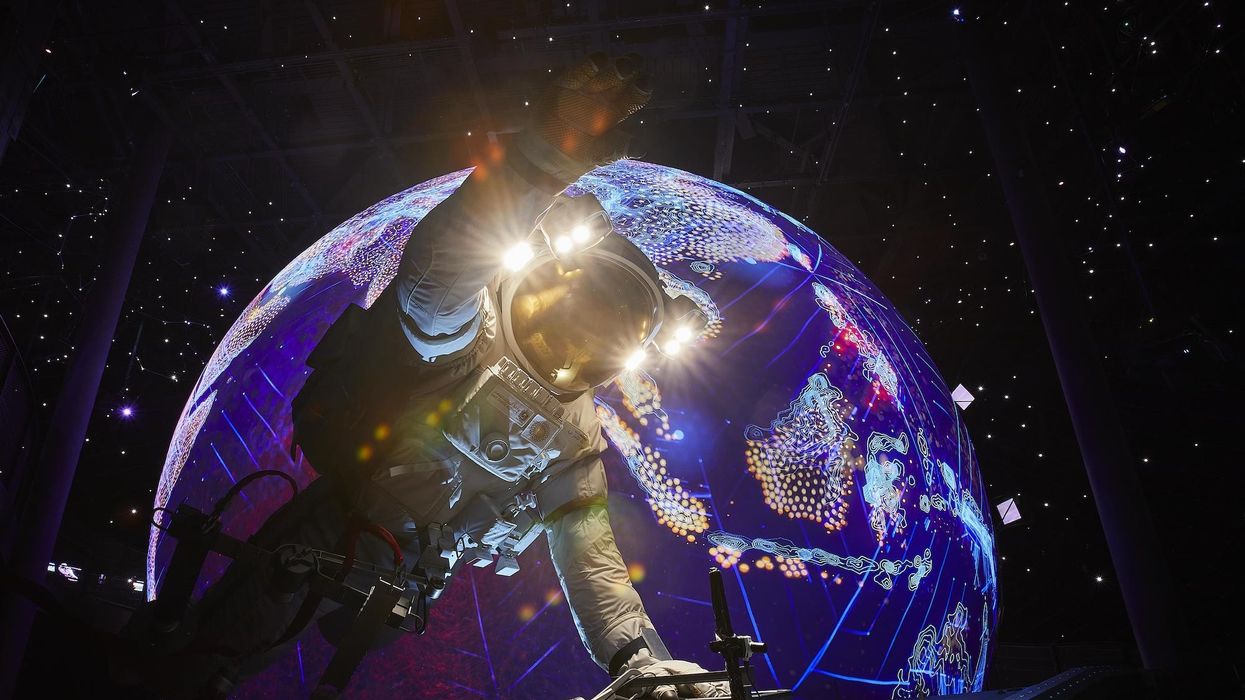
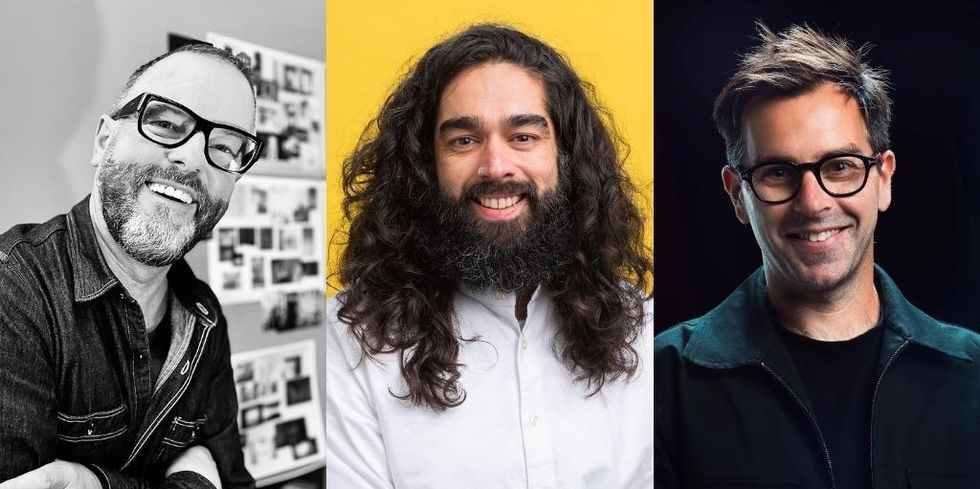 Andrew Thomas, Jason Aldous and Rik Athorne
Andrew Thomas, Jason Aldous and Rik Athorne
